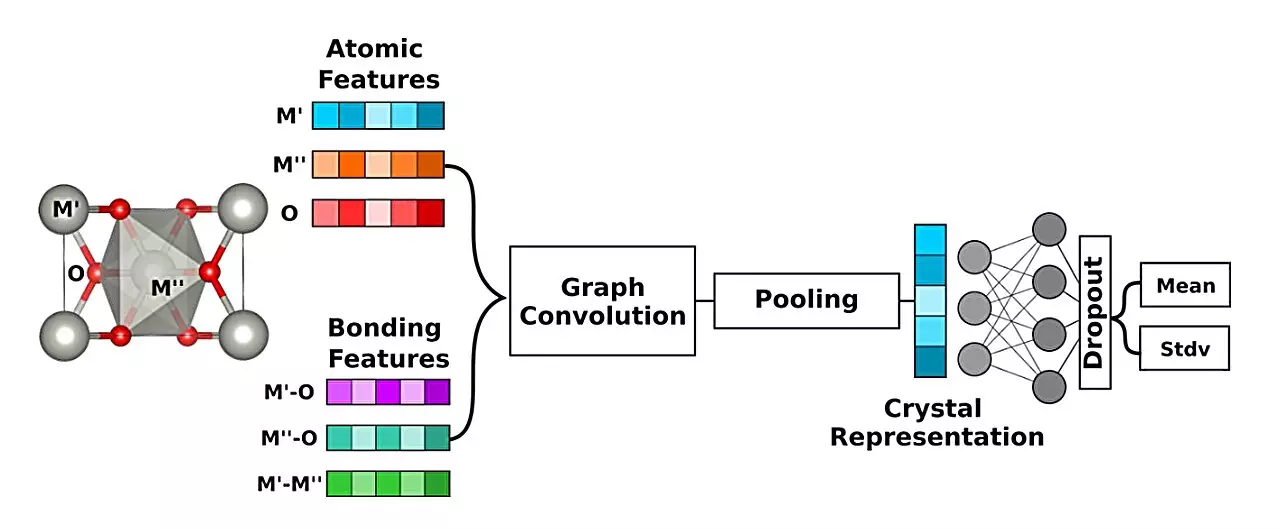Sustainable energy research is crucial in addressing the challenges of climate change and reducing our reliance on fossil fuels. One of the key areas of focus in this field is the production of green hydrogen, which involves using renewable resources to generate electricity for the electrolysis of water. However, the process of making green hydrogen is currently inefficient and expensive, largely due to the use of rare and costly metals as catalysts.
Researchers at the University of Toronto have leveraged artificial intelligence to accelerate scientific breakthroughs in the search for sustainable energy solutions. By developing a computer program that analyzes thousands of alloy candidates, they have significantly sped up the process of finding the right catalyst for making green hydrogen. This innovative approach eliminates the need for time-consuming trial and error in the lab, allowing researchers to identify the most promising alloy candidates much more quickly.
The AI program developed by the research team at the University of Toronto took over 36,000 different metal oxide combinations and ran virtual simulations to determine which combination of ingredients would work best as a catalyst for making green hydrogen. After identifying a top candidate, the team conducted lab tests to verify the program’s predictions. The use of ultra-bright X-rays at the Canadian Light Source and the Advanced Photon Source at the Argonne National Laboratory allowed the researchers to analyze the catalyst’s performance during a reaction.
The AI program recommended an alloy composed of ruthenium, chromium, and titanium in specific proportions, which outperformed the benchmark metal in terms of stability and durability. According to Jehad Abed, a Ph.D. student at the University of Toronto, the recommended alloy performed 20 times better and lasted longer while working more efficiently. This breakthrough demonstrates the effectiveness of using AI-driven simulations to identify superior catalysts for sustainable energy applications.
While the AI program developed by Abed and his colleagues shows great promise, the recommended alloy still needs to undergo extensive testing to ensure its effectiveness under real-world conditions. Abed acknowledges that the computer’s predictions have been accurate, marking a significant milestone in the quest for better catalysts. The researchers are optimistic that AI will continue to play a crucial role in accelerating the discovery of solutions that will make green energy more practical and accessible on a global scale.
The integration of artificial intelligence into sustainable energy research represents a major advancement in the field. By leveraging AI-driven simulations to identify optimal catalysts for green hydrogen production, researchers are paving the way for more efficient and affordable solutions that will drive the transition to a sustainable energy future. The success of the AI-recommended alloy underscores the potential of this innovative approach to revolutionize the way we address the challenges of climate change and environmental sustainability.


Leave a Reply